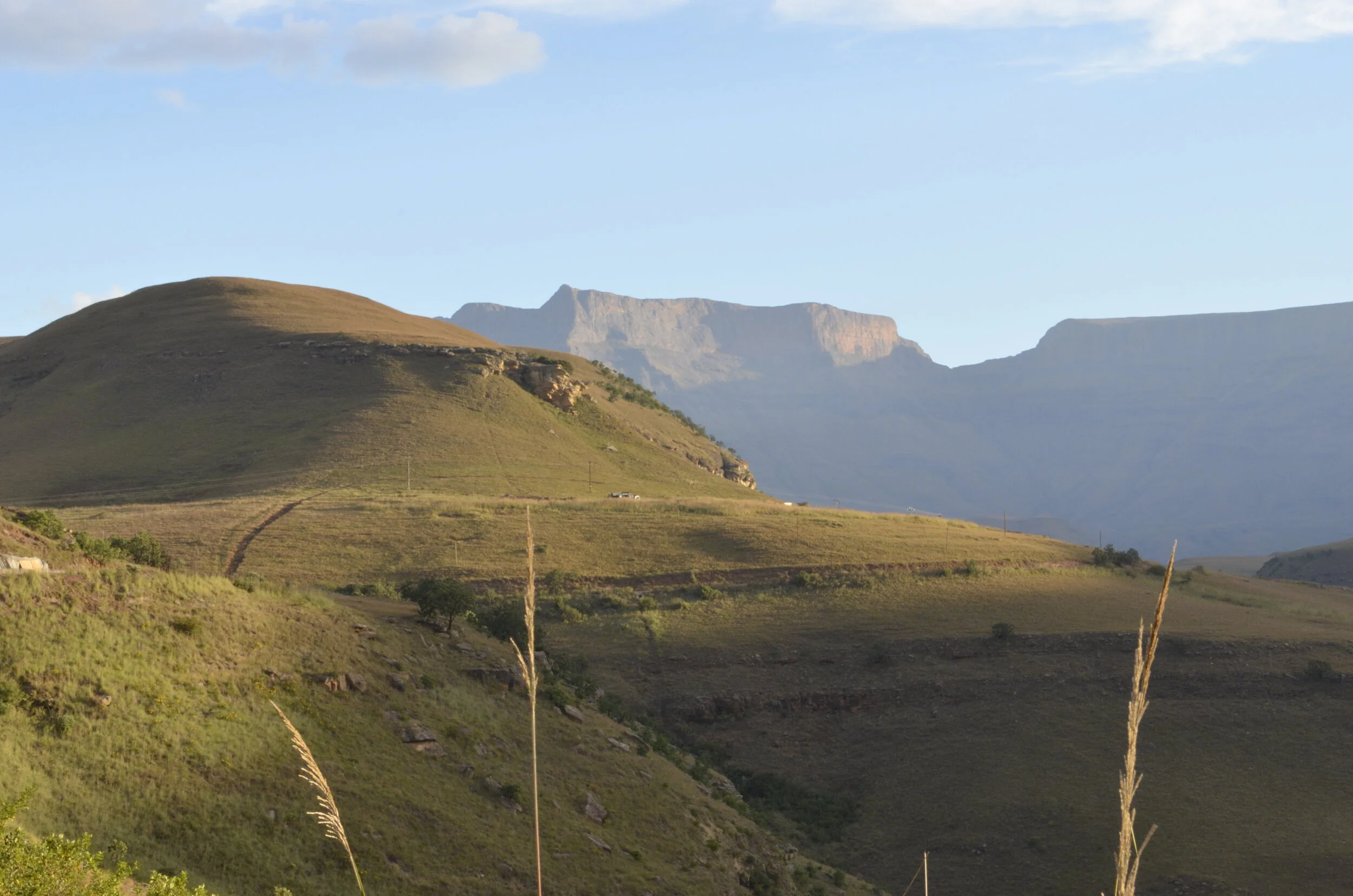Preparing for safari blog map. You are here:
Mindset and research – how to think about packing and do your homework
Luggage – picking the right container
Personal bag – ready for anything
How to pack – the ABCs
Clothing – dress for success
Safari kit – what do you really need?
What not to bring
Preparing with purpose – thinking about your impact
How to pack - the ABCs
When I taught mountaineering courses for the National Outdoor Leadership School we emphasized the ABCs of packing. The same approach you take to loading an expedition backpack for 28 days in the mountains also works for your luggage and personal bag on safari. The basic elements are accessibility, balance, and compression – A, B, C.
Accessibility
Here’s the dilemma – you can’t put everything on top. You have to decide what items need to be within easy reach and what can be buried. Before you start cramming stuff into your luggage and personal bag, think about what you’ll need between now and when you’ll unpack next. Things that need to be quick at hand should go in your personal bag. If it’s a transit leg, you want travel documents, food, water, a comfortable spare layer, entertainment material, earplugs, and medication within reach. If it’s a game walk you want your water, food, sunscreen, camera, and binocs at hand. It’s up to you to decide what needs to be accessible and what can go in the recesses of your luggage. Anticipate your needs.
Balance
This is more important for the backpack than any other piece of luggage – travel pack or personal bag. There is an optimum weight distribution for comfort and if you ignore this you won’t like how your backpack carries. The weight should be concentrated in the middle of your pack (between your hips and shoulder blades) as close to your back as possible. This keeps your center of gravity close to your body and minimizes the tippy feeling of a top-heavy pack. Load your weight too low and your pack will sag. Water, camera, electronics, and binocs should be in this zone. Sensitive items will be safest here. I like to put clothing in the bottom of my pack for padding and keep my snacks and sunscreen in outer pockets.
This obviously isn’t on safari, but this picture does illustrate the importance of balance in packing. The closer the weight is to your back, the more stable you will be. Photo by Andy Lewis.
Compression
This is about using space efficiently. There is enough air in the atmosphere, you don’t need to carry any around in your personal bag or luggage. You want your contents to be dense and to fit together well. To avoid empty space inside your luggage or personal bag, think of the contents as bricks and mortar. Bricks might be your camera, first aid kit, water bottle, sandals, and toiletries kit. Mortar might be your sun hat, a T-shirt, swimsuit, and charging cables. Arrange your bricks in your luggage and fill the cracks with the mortar. For soft-sided luggage, arrange sensitive items in the middle so they can be cushioned by other gear. Packing cubes are effective for compressing your clothing into tidy bricks. I use a couple different sizes, one for shirts and trousers, another for socks and underwear. If taking a sleeping bag, use a compression stuff sack. The more you can shrink your gear, the smaller your luggage can be. If you condense them, the contents will be safer and your luggage will carry better.
Packing cubes compress your clothing, make good padding for sensitive gear, are lightweight, and are an effective foundation for a bricks & mortar packing technique. A couple different sizes are all you need. Photo by Nick Bratton.
Final suggestions: practice packing well before you leave. Try loading your luggage in different configurations to learn what works best for accessibility, balance, and compression. Practice carrying your luggage and your personal bag to get a feel for them. Can you easily get to the things you’ll need? If no, keep experimenting. If yes, you are ready for a frustration-free safari (at least as far as your luggage goes)!



